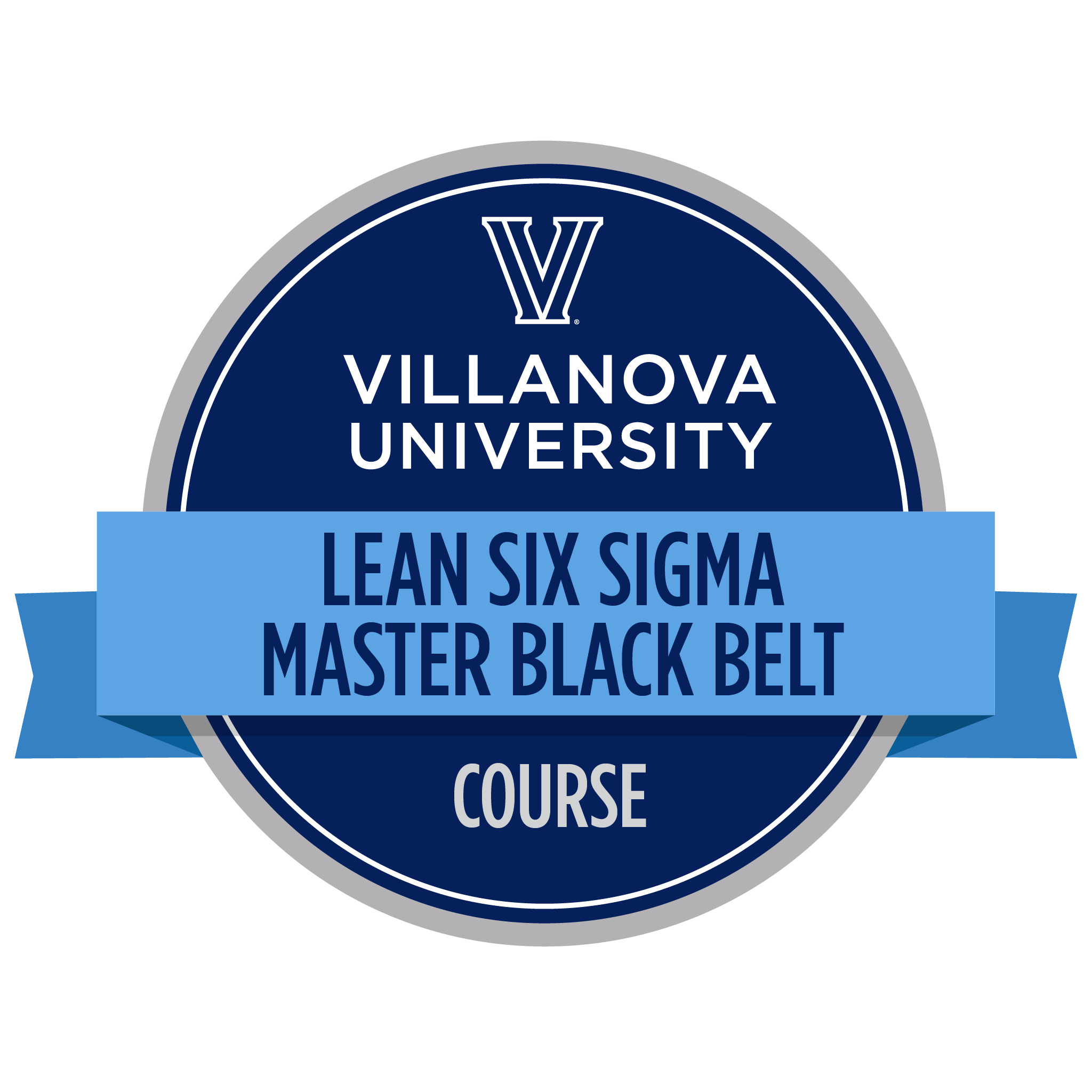Complete the highest level of Six Sigma training from a university with over a decade of experience educating professionals in the foundations and applications of Six Sigma.
The Lean Six Sigma Master Black Belt course is designed to help students master the interpersonal and professional skills needed to mentor Black Belt leaders and lead enterprise-wide initiatives. Students will also be taught advanced experiment design methods and strategies for efficiently deploying Lean Six Sigma within an organization, and will review the relationship between the industry, customer and supplier.
This course also includes a required, simulated project that integrates critical topics into every phase of Six Sigma and helps prepare you to immediately apply these advanced concepts in your organization.
Students who successfully complete the Master Black Belt course and class project are eligible to take the Master Black Belt certification exam, offered 100% online through Villanova. Earning the Master Black Belt certification indicates you have mastered the concepts of Lean and Six Sigma and have the skills to lead company-wide projects.
Prerequisites for this course:


